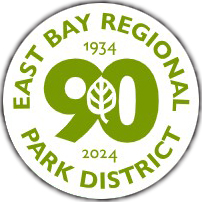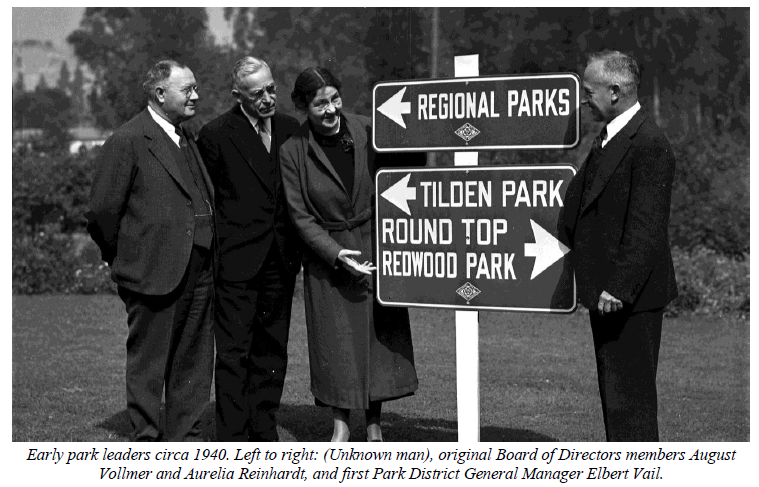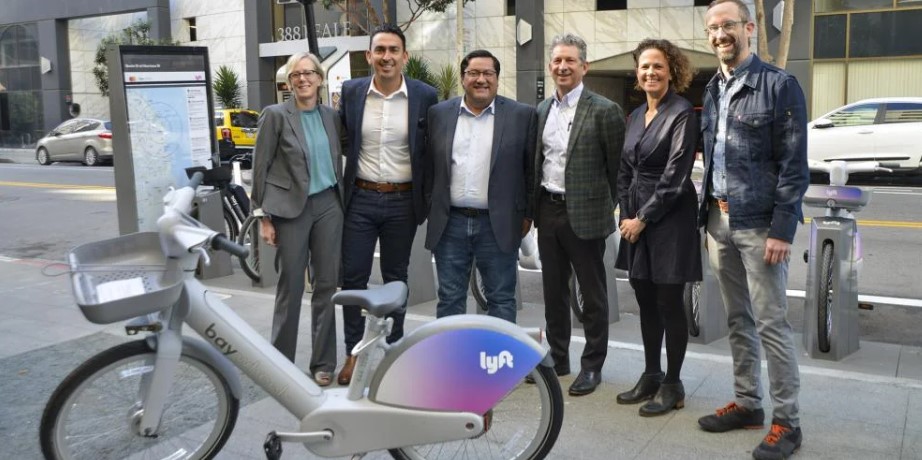New East Bay parks Police Chief, Assistant GM of Public Safety announced
Saturday, January 6th, 2024Salinas Police Chief Roberto Filice
By Dave Mason, Public Information Supervisor, East Bay Regional Parks District

After a nationwide search, the East Bay Regional Park District announces the appointment of Salinas Police Chief Roberto Filice as its new Assistant General Manager of Public Safety and Police Chief at the public agency. The East Bay Regional Park District’s mission is to preserve a rich heritage of natural and cultural resources and provide open space, parks, trails, safe and healthful recreation and environmental education. An environmental ethic guides the District in all of its activities. Chief Filice will be sworn in and begin in the role on January 22, 2024.
As the largest regional park district in the country, the park system spans Alameda and Contra Costa counties and serves an estimated 30 million visitors a year through park and trail access, visitor centers, and programs. Its workforce provides services that encompass 73 parks, 55 miles of shoreline, and over 1,300 miles of trails. With an expansive area and diverse lands, the Park District’s Public Safety Division comprises Police, Fire, and Lifeguard Services. The Police Department includes the Air Support Unit, Marine Patrol, Equestrian Patrols, Investigations Unit, and a 24-hour per day 9-1-1 Communications Center.
“We are pleased to welcome Chief Roberto Filice, a highly seasoned leader and law enforcement executive with over 25 years of dedicated public service, to the East Bay Regional Park District,” said Sabrina Landreth, General Manager at the East Bay Regional Park District. “We look forward to his leadership and strong sense of community service in this important role that prioritizes public safety, quality of life, and exceptional park experiences.”
“I am excited to be part of an organization that cares about engaging with the public and providing positive experiences in nature and recreational opportunities with safety in mind,” said Chief Roberto Filice. “With a community-focused and team-oriented approach, I am ready to build partnerships, mentor and support career development opportunities, collaborate to enhance our work, and commit to serving the public in my role at the East Bay Regional Park District.”
The Assistant General Manager of Public Safety and Police Chief position will further enhance the vital work of Fire, Police and Lifeguard Services, knowing that public safety and quality of life are both personal and shared responsibilities for all community members.
With decades of experience, Chief Filice has served as the Chief of the Salinas Police Department since 2021, following his tenure there as Assistant Chief for four years. During his distinguished tenure, his strategic vision, in alignment with the principles of 21st Century Policing, was centered on crime reduction, fostering new opportunities for officer career development, enhancing organizational efficiency through technological advancements, and a steadfast commitment to refining and cultivating community relationships.
Chief Filice’s academic achievements include the successful completion of the FBI National Academy (Session 255), Senior Management Institute in Policing (SMIP), FBI Law Enforcement Executive Development Seminar (LEEDS), Peace Officers Standards and Training Executive Certificate, a Master of Business Administration in Public Administration and Master of Science degrees in Criminal Justice Administration from Columbia Southern University. Additionally, Chief Filice holds a Bachelor of Science degree in Criminal Justice from Mountain State University and is currently attending the prestigious Executive Leaders Program at the Naval Postgraduate School in Monterey.
Chief Filice actively participates in various professional associations, reflecting his commitment to ongoing learning and collaboration. He is a member of the International Association of Chiefs of Police (IACP), the Police Executive Research Forum (PERF), Salinas Faith-Based Organizations, California Police Chiefs Association, FBI National Academy Associates, serves as the Central California Representative on the CalChiefs Board of Directors, and is a Board Member of the Marina Police Activities League.

The East Bay Regional Park District is the largest regional park system in the nation, comprising 73 parks, 55 miles of shoreline, and over 1,300 miles of trails for hiking, biking, horseback riding, and environmental education. The Park District receives an estimated 30 million visits annually throughout Alameda and Contra Costa counties in the San Francisco Bay Area.




























